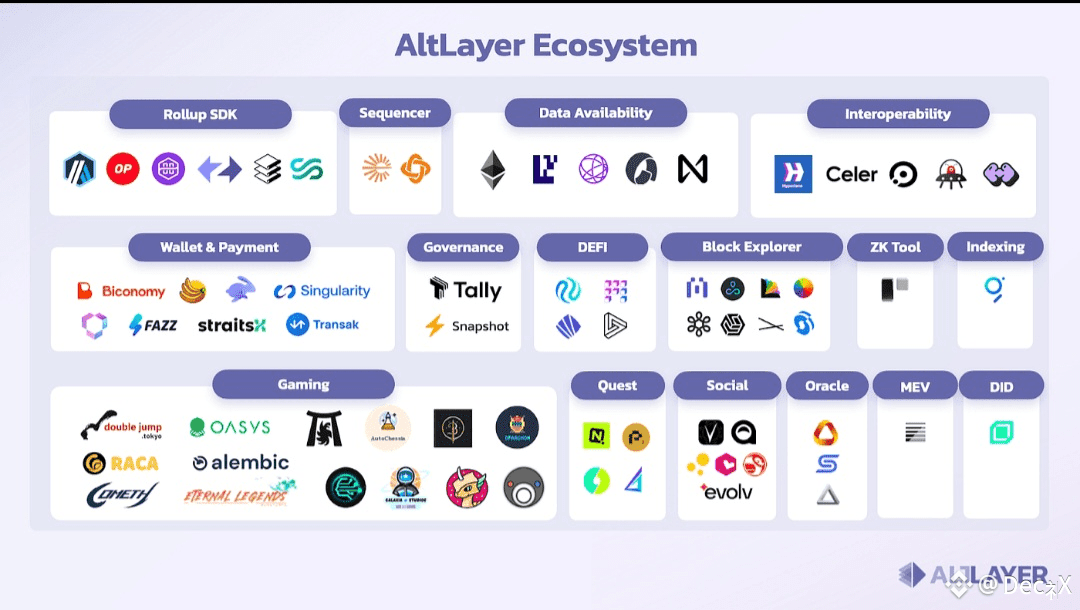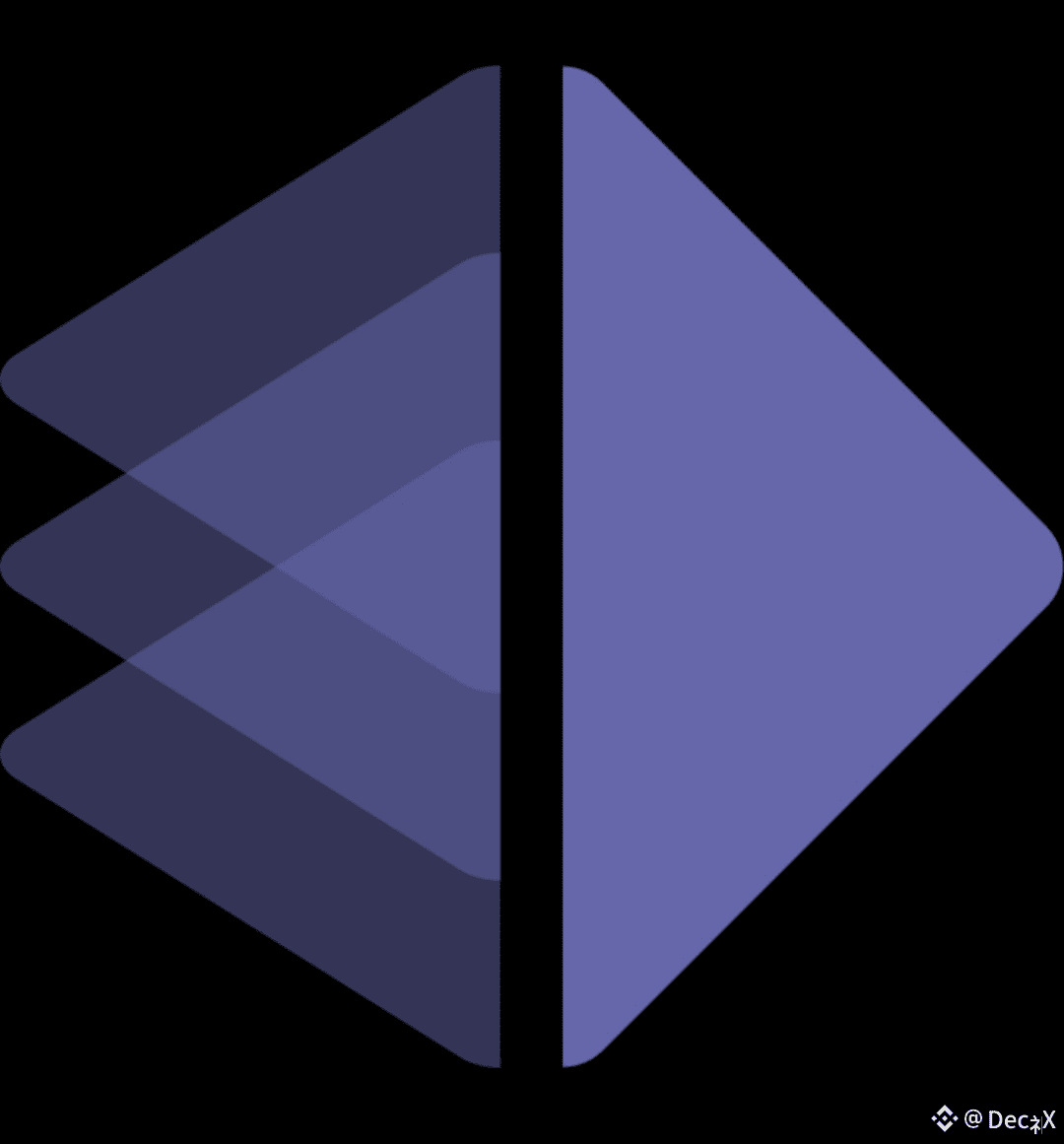AltLayer is redefining how blockchain scalability works by introducing a modular approach that prioritizes customization, speed, and decentralization. Instead of relying on a single structure for scalability, AltLayer enables developers to create specialized rollups for unique use cases, each optimized for performance and cost efficiency. This flexibility makes it one of the most dynamic infrastructure solutions in the Web3 ecosystem today.
Understanding The Vision Behind AltLayer
The vision of AltLayer revolves around empowering developers and protocols to launch application-specific rollups without heavy technical dependencies. In simple terms, AltLayer transforms the traditional monolithic blockchain model into a modular ecosystem where each rollup can be customized based on performance requirements, data availability, and execution layers. This allows builders to focus on their dApps rather than managing complex blockchain setups.
The Core Concept Of Restaked Rollups
One of the most innovative elements of AltLayer is the introduction of “Restaked Rollups.” This concept merges the security benefits of Ethereum’s restaking infrastructure with the efficiency of rollups. By using restaked assets from protocols like EigenLayer, AltLayer enhances the security of rollups while ensuring decentralization and interoperability across chains. This design allows builders to deploy fast and secure rollups while maintaining Ethereum-level trust.
The Advantage Of Modular Design
Unlike traditional Layer 2 solutions that offer a fixed structure, AltLayer’s modularity allows developers to select their preferred execution environments, data layers, and sequencers. For example, a gaming protocol can prioritize speed and low cost, while a DeFi protocol can focus on reliability and security. This flexibility creates an open environment where projects can evolve according to their needs, ensuring long-term scalability.
Developer Experience And Customization
AltLayer has gained attention for its developer-friendly approach. The platform provides tools, SDKs, and APIs that simplify rollup deployment. Developers can spin up a rollup in minutes using pre-built configurations and templates. Moreover, the platform supports EVM-compatible environments, enabling developers to use familiar tools and languages like Solidity. This accessibility accelerates innovation and reduces the technical burden of launching scalable dApps.

Economic Efficiency And Performance
AltLayer’s model also focuses on economic optimization. By allowing off-chain execution and batch processing, it reduces the gas cost per transaction, improving cost efficiency for both users and developers. The use of restaked security and modular consensus systems minimizes overhead while maintaining strong security. This makes AltLayer suitable for large-scale applications such as GameFi, SocialFi, and DeFi ecosystems where thousands of transactions occur per second.
Interoperability And Ecosystem Integration
A defining feature of AltLayer is its focus on interoperability. Rollups deployed via AltLayer can communicate with other blockchains and ecosystems, enabling seamless asset transfers and cross-chain data flow. This interoperability extends to Ethereum, Polygon, Arbitrum, and other networks, ensuring that projects built on AltLayer can interact with major blockchain ecosystems. This interconnectivity is key to scaling Web3 without fragmenting liquidity and users.
Security Through Restaking And Validation
AltLayer’s integration with restaking protocols strengthens its security model. Validators who restake their assets on networks like EigenLayer contribute to the security of AltLayer rollups, ensuring that malicious activities are penalized and honest validators are rewarded. This mechanism decentralizes trust, distributing it among multiple independent entities. The result is a more secure and resilient rollup infrastructure that remains efficient even under heavy load.
Real World Applications And Adoption
AltLayer’s architecture lends itself to a wide range of use cases. In gaming, developers can create high-speed rollups to handle massive player interactions with minimal fees. In finance, DeFi protocols can deploy rollups designed for rapid settlements and reduced gas costs. NFT platforms can leverage custom rollups for high-volume minting and trading activities. Enterprises and DAOs can also build internal rollups to handle governance and operational workflows securely.
The Role Of AltLayer In The Modular Blockchain Era
The blockchain industry is moving toward modularization, and AltLayer is one of the pioneers driving this shift. By separating execution, data availability, and consensus layers, AltLayer empowers developers to optimize each part of the stack independently. This modular design is expected to become the foundation for the next generation of scalable blockchain ecosystems. It reduces bottlenecks, improves composability, and promotes faster innovation.
Community And Ecosystem Growth
AltLayer’s community has grown significantly since its launch, with multiple partnerships and integrations across the Web3 space. Projects are leveraging AltLayer’s restaked rollups to deploy faster and safer infrastructures. The growing number of contributors, developers, and community participants shows increasing confidence in the project’s long-term vision. This collective momentum positions AltLayer as a cornerstone for scalable blockchain infrastructure.
Challenges And The Path Forward
Like every innovative project, AltLayer faces challenges. Ensuring decentralization in the restaking model, maintaining consistent performance across varied rollups, and managing interoperability complexities are ongoing areas of development. However, the team’s continuous improvement and transparent roadmap show a strong commitment to addressing these challenges. As adoption grows, AltLayer’s infrastructure will likely evolve into an essential component of Web3 scalability.
My Perspective On AltLayer’s Potential
From an industry perspective, AltLayer represents a leap forward in blockchain architecture. Its modular framework and focus on restaked security create a strong foundation for scalable innovation. Developers can build without compromising on performance or security, and users benefit from faster, cheaper transactions. As demand for scalable and interoperable solutions grows, AltLayer stands out as one of the most promising projects redefining how we think about blockchain layers.
Conclusion
AltLayer is more than a rollup framework; it is an ecosystem designed to empower builders and scale blockchain technology beyond current limitations. Through modularity, restaked security, and interoperability, AltLayer bridges the gap between efficiency and decentralization. As the Web3 landscape evolves, AltLayer’s role will likely expand, becoming a key enabler of scalable, secure, and user-centric blockchain applications that define the future of decentralized infrastructure.